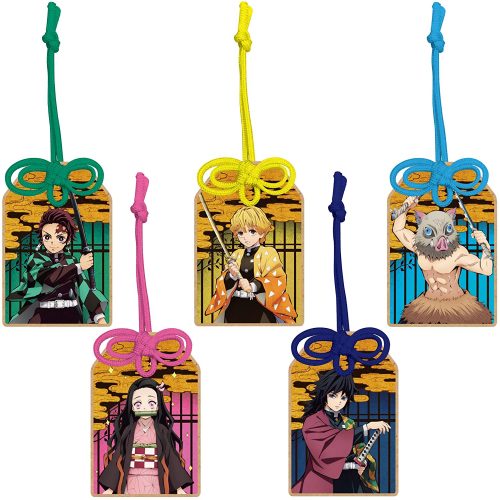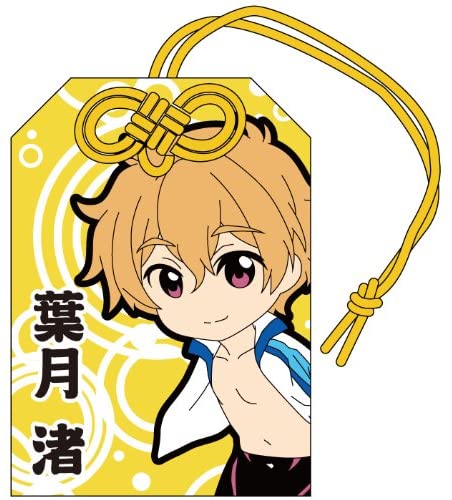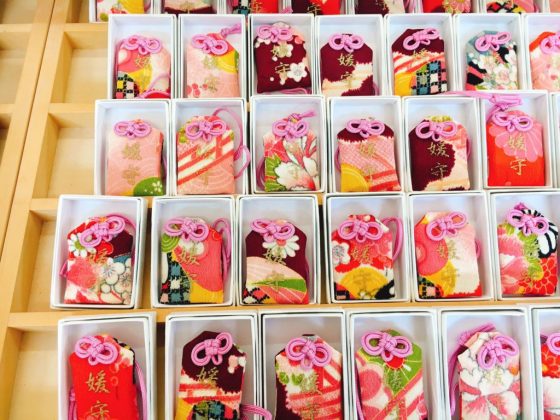
Good luck charms can be found in many cultures, belief systems, and traditions. Japan has them, too, and you might have even seen them before in an anime or video games without knowing what it was. Japanese “good luck charms” are called omamori and are widely available to buy in shrines and temples all over the country. Unlike a lucky horseshoe or a four-leaf clover, omamori have varied uses and meanings, and a more complicated culture surrounding their proper use.
If you want to learn more about Japanese omamori and how to use one to boost your own luck stat (or intelligence, endurance, vitality, and more!) then keep reading!
What are Omamori?

Omamori are commonly known as good luck charms, but they actually give you more than just luck. Onamori come in a variety of colours, designs, and sizes (though all are small enough to easily hang on a bag) depending on what you want to gain from it. While you can buy them at most souvenir shops and even the airport, the most traditional place to get an omamori is at a shrine or temple. That’s also where Japanese people buy them, of course! Most cost less than ¥1000, or around $10USD, and small ones go for half that price. They are usually sold by the monks or shrine maidens who maintain and live at the temples.
You can get omamori that are meant to bring you luck, but there are many more options than that. Some of the most popular ones that Japanese people buy are for success at work or school, having good health, travel safety, finding romance, and making lots of money! Omamori are also made for more specific life events, like passing a big exam, having a safe childbirth, starting a new business successfully, or performing well in an artistic endeavour. Basically, whatever you’re going to be facing in life, there’s probably an omamori made to give you a little boost! They all have unique colours and designs, too, and most are decorated with kanji pertaining to the onamori’s purpose.
Onamori don’t last forever, though, and need to be replaced every year. Devout believers in their power will even return them to the shrine or temple to be burned at the end of the year and to purchase a new one. If you’re just visiting Japan, though, this clearly isn’t an option so feel free to hold on to yours as long as you like!
Omamori in Otaku Culture

Beyond shrines and souvenir shops, there’s another place you might encounter omamori in Japan that is a bit unexpected - in otaku shops! Many anime have omamori amongst their merchandise, often featuring characters and designs from the show. Sometimes you can even get an omamori that appeared in the anime, such as Iwatobi-chan in the famous anime Free!.
As to whether or not these otaku omamori are really going to bring you luck, well, we don’t want to get into that. Like any good luck charm, a lot of its power is in your own belief! So if you’re motivated by having a lucky charm with your favourite anime character on it, then we are sure it’s going to work for you. Whether you believe in it or not, though, omamori are a really cool and special thing to own from your favourite anime. They make awesome souvenirs from Japan, too, for yourself and your friends.
Final Thoughts

Whether you believe in good luck charms or not, omamori are a cool and interesting part of Japanese traditional culture that have withstood the test of time - and even evolved to include the otaku side of Japan! These trinkets are attractive and unique gifts for yourself, family, and friends that are surprisingly affordable, too. And they’re just what you might need on your life journey if you’re looking for a stat boost for challenging whatever quest you might be facing next! Keep your eyes open for them in anime and manga, too, especially decorating characters’ bags. Now you’ll know exactly what they are.
Do you have an omamori? What one would you like to purchase if you could? What do you think about otaku omamori? Let us know your comments and questions before you go!
Recommended Post


